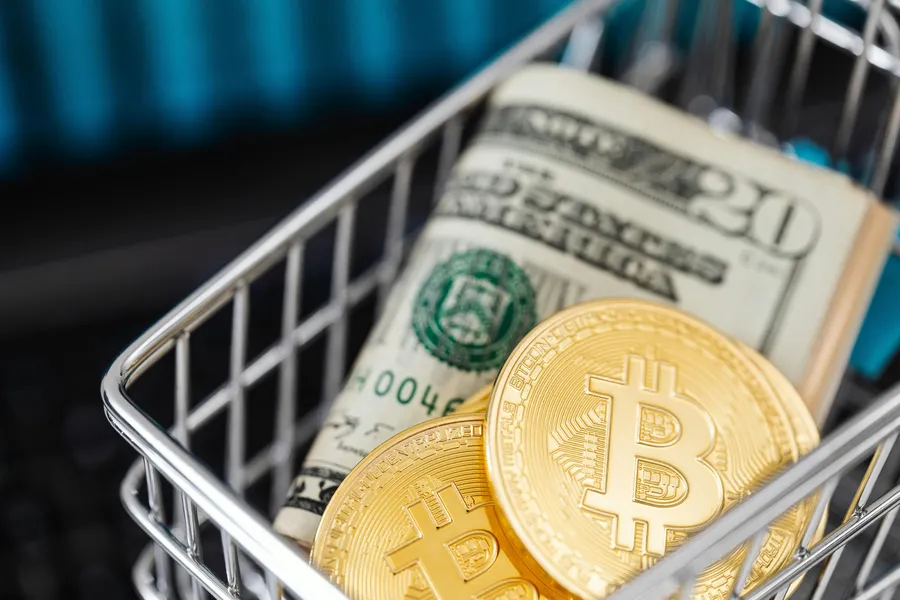How Does PancakeSwap (CAKE) Cryptocurrency Token Work? — PancakeSwap, BSC, Decentralized Exchange

Title: The Reality Check on PancakeSwap: A Seasoned Auditor’s Take
Hey there, folks. Valerii Wilson here, and I’ve seen enough to last a lifetime in this crypto world. Today, we’re diving headfirst into the pancakes of PancakeSwap—not the delicious ones, but the digital kind that sometimes leave a bitter aftertaste. We’ll demystify how CAKE tokens work while shedding light on the pitfalls you may encounter along the way.
First things first: PancakeSwap is a decentralized exchange (or DEX) running on Binance Smart Chain (BSC). Picture it like a digital marketplace where you can swap cryptocurrencies, earn interests on your assets, or even get your hands on some NFTs. Sounds easy-peasy, right? Well, nothing’s ever that simple in this space.
Swapping Made Sweet: The Basics of PancakeSwap
In essence, PancakeSwap uses an automated market maker (AMM) model. This means instead of having buyers and sellers negotiating prices as they would in a centralized exchange, the platform utilizes liquidity pools filled with two different tokens. When you want to swap one token for another, like BNB to CAKE, say, the PancakeSwap protocol grabs some of each from these pools and gives you the desired amount based on the current price determined by the ratio between the two tokens in that pool.
Pro Tip: Understand that this isn’t without risks or costs. Slippage—the difference between expected and executed trade prices—can occur, especially during high-volatility market conditions.
The Icing on the Cake: PancakeSwap Token (CAKE)
Now let’s get to the star of our show—PancakeSwap token or CAKE. It operates on a few levels:
- Transaction Fee Rewards: Every time someone swaps tokens on PancakeSwap, half of their transaction fee goes towards a reward pool. Those who stake their CAKE tokens receive these rewards.
- Liquidity Provider Incentives: Liquidity providers (LPs)—the folks who contribute their tokens to the liquidity pools—can earn CAKE as well. The more LPs there are, the better it is for everyone involved since deeper liquidity pools reduce price volatility and offer better swapping rates.
- Governance Token: As a governance token, CAKE holders can vote on key decisions affecting the protocol, such as which new tokens to list or whether to change trading fees.
The Sour Dough Beneath: Risks and Challenges in PancakeSwap
Oh yes, we were promised a sweet ride through the crypto wilderness, but here’s where things get sticky.
- Rug Pulls: Remember these as the digital equivalent of getting duped in a bait-and-switch scam. Malicious project developers can create a fake project with promises of moon-bound value, then ‘pull the rug’ by disappearing with your funds when they cash out their CAKE or BNB tokens.
- Flash Loan Attacks: This is like robbing a bank without setting foot inside—quite the crypto-heist feat! Hackers can exploit vulnerabilities in PancakeSwap’s smart contracts to perform flash loan attacks, stealing your assets in seconds before anyone notices.
- Phishing Scams: Just as you wouldn’t click on a suspicious email from your long-lost cousin offering millions, don’t fall for fake PancakeSwap websites designed to steal your credentials or private keys.
Final Whisk: So, How Does PancakeSwap Work?
In a nutshell, PancakeSwap is a DEX on BSC that uses an AMM model to enable token swaps with CAKE acting as its reward and incentive mechanism. It’s not all rainbows and sprinkles though—there are significant risks lurking, from rug pulls to smart contract vulnerabilities.
As always in this wild frontier called cryptoland, do your due diligence, keep your private keys locked away like Fort Knox, and remember that even the sweetest pancakes can have a bitter aftertaste if not cooked properly.









